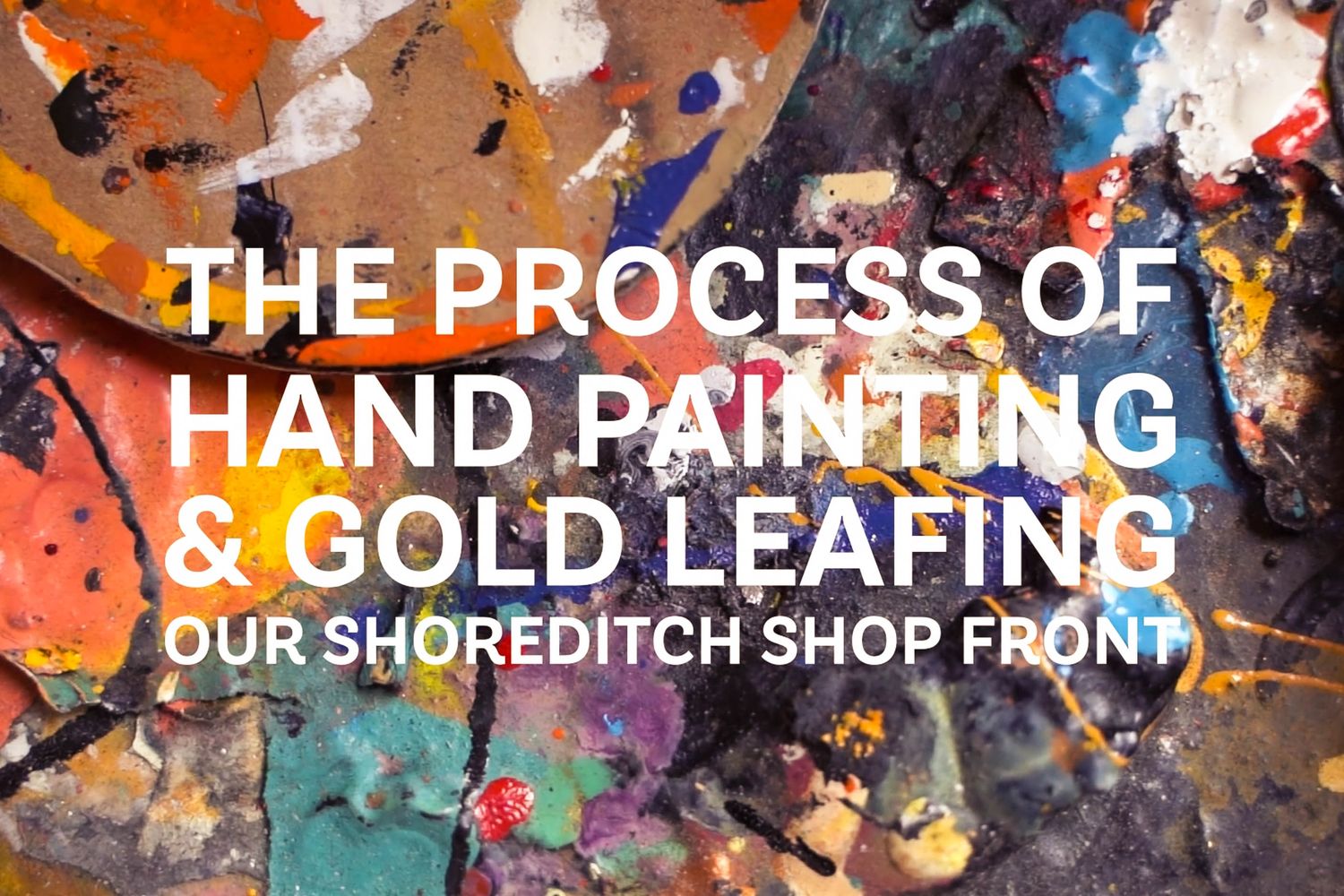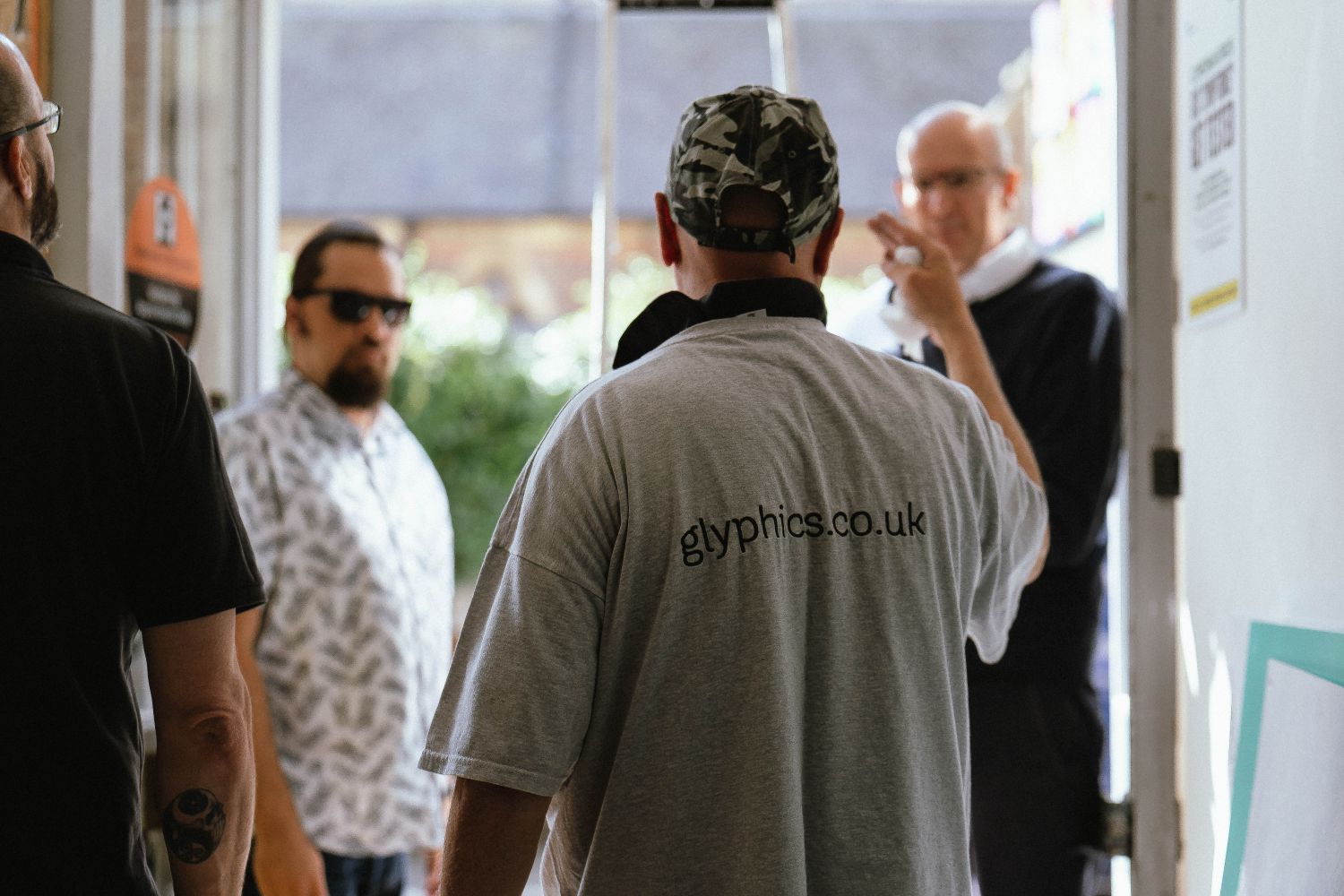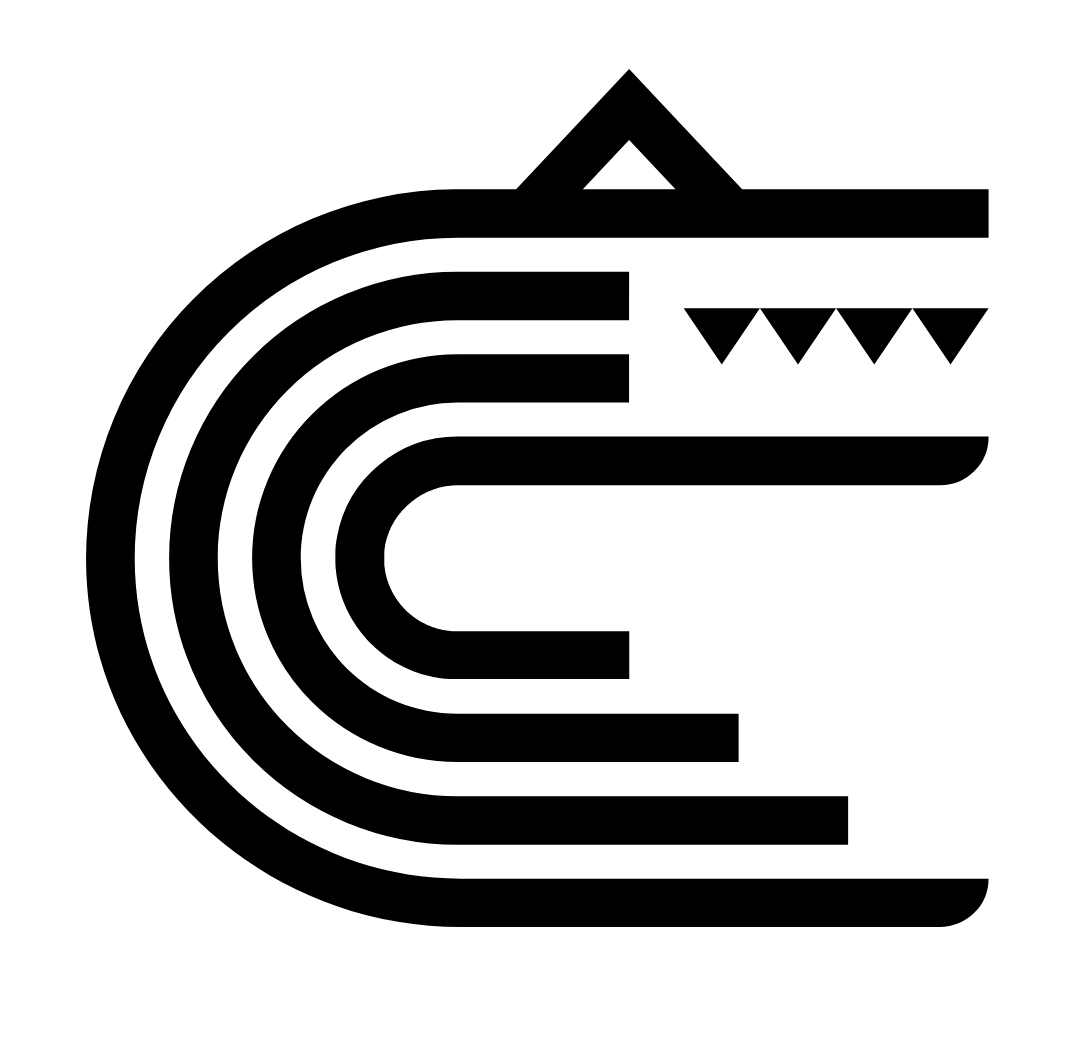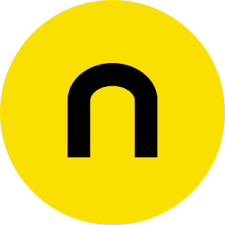Sign writing & gilding How To Hand Paint & Gold Leaf A Glass Sign



As a signmakers founded by craftspeople back in 1985, we went back to our art & design roots and chose the vintage technique of sign writing for our very own shop front – hand painting our street number on a fixed panel of glass above our front door and layering it in gold leaf for a creative flash.
Smack bang in the middle of Shoreditch, we’re blessed to be part of a community of artisans who believe in safeguarding traditional skills, and so in keeping with that spirit we’ve archived our insider secrets to help demystify the magic for you.
What does this tutorial cover?
For this sign, we forewent freeform lettering and chose to use a template instead, which is something we believe everyone can do! So feel free to skim these tips and tricks for your individual pursuits in this article:
The required tools and materials for hand painting
The basics of a sign painting brush
Things to consider when preparing your environment
The process of creating your own hand painted sign on a fixed pane of glass
The required tools and materials for gilding glass
How to prepare and add gold leaf to a hand painted glass sign
The best way to finish off your sign so that it’s protected and easy to clean
Or take a saunter into our process with the film above, which is a bit of fun for us and a lot of informative for you!
How did you get started?
First up, we designed a bespoke street number sign for added kerbside appeal.
As we’d be painting a street facing sign from the inside, we flipped the template to create a mirror image.
It was then printed to scale (though if you feel like it you could also draw it) and stuck to the outside of our window, facing in.





How can I prep my environment?
Before reverse painting, we degreased our glass with a cleaning powder like Pierre d’Argent. Wiping off residue helps with even application and protecting the work.
Working on a fixed window pane up high meant we had to contend with our given work space, so we double checked the template was straight and got our materials to hand before climbing up the ladder.



Must have materials:
There are a lot of variables in each hand painting project but these are what we would consider the basics:
A Mahl Stick – it helps signwriters get comfortably into postures that enable greater control over stroke pressure and length, as well as acting as a compass when it comes to curved shapes.
Chisel tip brushes – they have thin long bristles that can pull flat strokes, or taper into sharp lines depending on your hold – perfect for hand painting block lettering or serifs like we did.
Synthetic enamels – these are the most durable and efficient paint available. Being oil based, mineral spirits help thin them out to a consistency that’s easy to work.


With set up done, what’s step 1?
It’s time to get our hands dirty with some outlines! Black paint is often the starting point for hand painted glass signs as it quickly dries up nice and solid.
Before you start, you may need to loosen your paint a little with mineral spirit to create a consistency that picks up onto your brush without sticking to it or dripping off of it.


Once you’ve found the happy medium, take your cup, follow your template and begin to trace the profile of your sign through the glass.
With our black outline blocked out, the template can be removed with the rest of the sign ready for filling in freehand.
A lick of flaming orange awaits to set no. 75 ablaze…

Step 2
Load up your brush with your chosen colour and on the edge of your cup, slide the excess paint off both sides.
You want to get a whippy tip that’s both responsive and carries enough paint to complete a stroke.
Hot tips!
1. Reds and oranges traditionally offer poor coverage, so we’ve used One Shot’s lettering enamel for its flow, opacity and rich tone.
2. Though brushstrokes are visible on the inside of the glass, the enamel dries opaque on the outside.
3. Oil based paints can cloy and pull up layers that are already down. So apply lightly and leave 24 hours between coats.






Step 3
The paint is dry and begging for some bling! Time to make what we call chub juice.
It’s gelatine dissolved into warm water – the most common primer for reverse glass gilding.
Brush it on and use it as an adhesive to bond the gold leaf to your hand painted glass sign.



Step 4
Using a gilders knife and a soft mop-like brush called a gilders tip, we gently cut the loose leaf to size and lift it from the booklet.
Gliding it over, the leaf is tamped onto the water, which then evaporates, pulling the leaf down onto the glass for maximum coverage.
As you continue gilding, overlap the leaf by about 2mm to avoid any gaps and try to lay it down flat.





Step 5
Rinse and repeat, and use the gilders tip to target any intricate areas that might have been missed out at the end.
After all the gold leaf is laid, allow the primer beneath to dry out.
Step 6
Lightly sweep away all the loose skewings – reusing them to fill any final missed bits.
Go over the whole surface one last time to form a soft burnish on the leaf and a high gloss finish.



Finishing up
It’s the last stretch – seal the back of the sign with a layer of black paint to limit translucency while protecting the coats underneath, and if you wish, a brush-on glass paint sealer. This allows for a neat, hardwearing, lustrous finish, as well as gentle cleaning in the future.
From your surface at the start to your brushes at the end of a job – mineral spirit cleans all! Next use your thinner to erase surplus paint and gold dust, giving way to the finished sign.





Give it a try, or contact us for your very own hand painted or gold leaf sign!


















